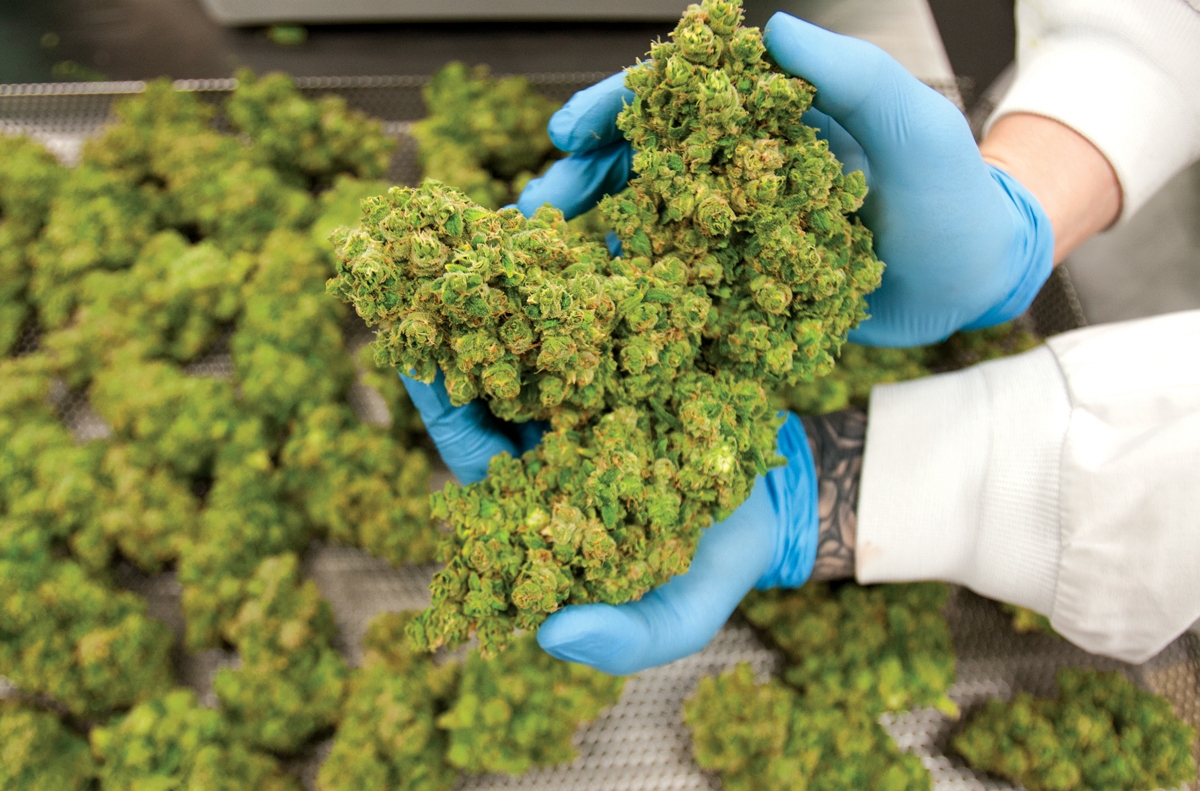
Can marijuana treat pain?
“What a dopehead!” If you’re middle-aged, it’s likely that you’ve heard this expression used concerning someone who smokes weed. Perhaps the shoe did fit then, as marijuana was for decades largely a recreational drug.
Thanks to those working determinedly behind the scenes, confident in their knowledge that the dried flowers, leaves, stalks, and seed oil of the Hemp plant, whether enjoyed via smoking, using a vaporizer such as the many that Grasscity offer, eating, or drinking, could have mental and physical health benefits for a consumer.
These efforts include constant knocking on the doors of those who can legalize the use of marijuana and increasingly the doors have opened. Albeit tentatively at first, permission has been granted in certain parts of the globe for medical marijuana use, given its attributes of providing relief against acute pain from surgery or injury. Recent discoveries, made available via science, are revealing more regularly what nature has provided via this plant if used and managed appropriately.
• What does it do?
Medical marijuana uses parts of the plant or chemicals in it, to treat conditions. Cannabinoids are the chemical compounds or active ingredients found in the Hemp plant and each has a different effect on the body. The two main compounds used in medicine are CBD and THC.
Peripheral nerves in our body, which detect pain sensations, contain abundant receptors for cannabinoids. Marijuana cannabinoids have shown significant promise in basic experiments on mild to moderate pain relief.
• Does it treat specific conditions?
Specific compositions and consumption methods of medical marijuana have proven to provide some relief from the discomfort associated with cancer, chronic pain, nausea, MS, epilepsy, muscle spasms, PSD amongst others. The most significant proof is its therapeutic effects on chronic pain, nausea, and vomiting.
• How do you consume?
New techniques have been consistent in their development and have certainly provided a greater sense of comfort for those who consider smoking, simply a recreational form.
The dried flowers are rolled and smoked in a joint. A concentrate is placed into water or oil and inhaled, either through vaporizers, dabs, or bongs. It is considered delicious when mixed into recipes for baked goods like chocolate brownies or sweets such as jelly babies. Included in creams, oils, and sprays, it can be applied topically to the skin, which is then not absorbed into the bloodstream. Tincture drops are placed under the tongue. Brew the dried herbs as tea.
Cannabis capsules are marijuana in pill form. The forms of cannabis they contain and the number of cannabinoids included depends on its intended purpose. Easy to use, a key benefit is that the dosage of marijuana can be well managed.
Consumption methods can impact the experience and its effects. Know which works fast and which lasts long, so that you can manage the dosage.
• How does CBD help?
Of the over 100 chemical compounds found in marijuana, CBD is one of the two major forms used. Non-intoxicating, it relaxes the user. THC, a mind-altering ingredient, is attributed to the intoxicating high, enjoyed by recreational users.
The brain naturally produces chemicals that support our feelings of happiness and comfort. The production is suppressed when we become stressed. Incredibly, the chemical compound CBD has similar properties to these naturally produced stress-relievers. The introduction of CBD during periods of extreme anxiety has provided the necessary balance for some users.
A medical drug made from CBD has been given the green light, which has proven to control very severe seizures, sometimes associated with rare forms of epilepsy. Man-made cannabinoid medicines, incorporating CBD are also approved, as they treat nausea and vomiting following chemotherapy.
Evidence suggests that CBD also acts as an anti-inflammatory, a valuable treatment for pain.
Researchers' hands remained somewhat tied, due to marijuana’s legal classification, thwarting their ability to understand its benefits more fully. Limited examination and user testimony appear to provide valuable insight into it being a promising source of analgesic medication.








